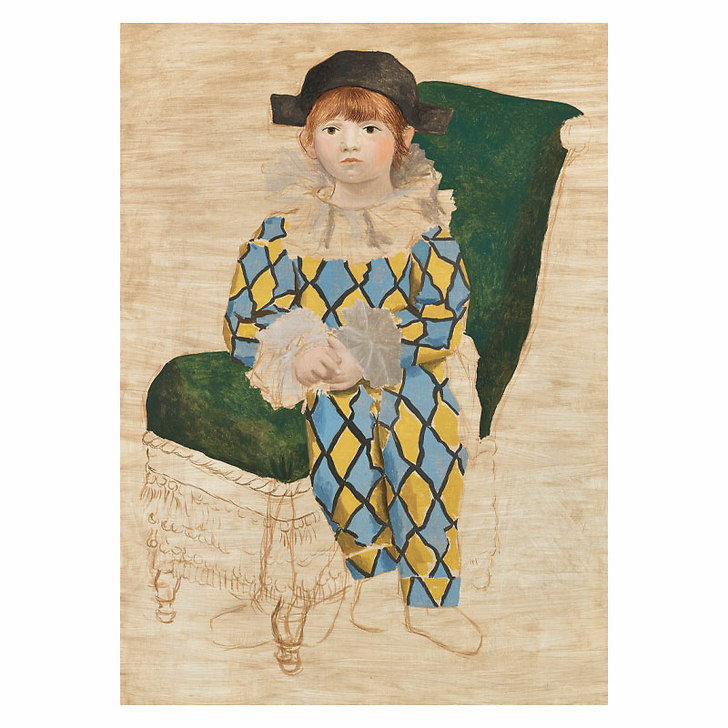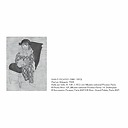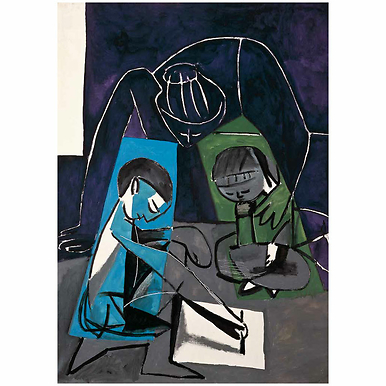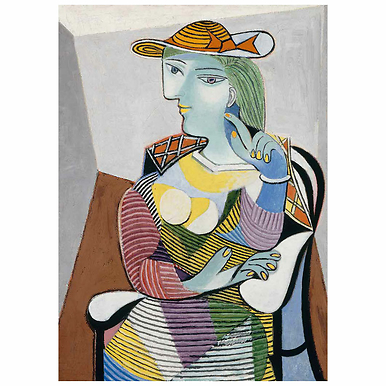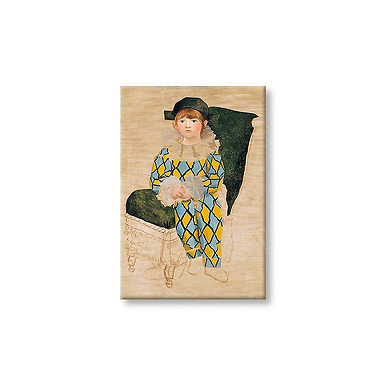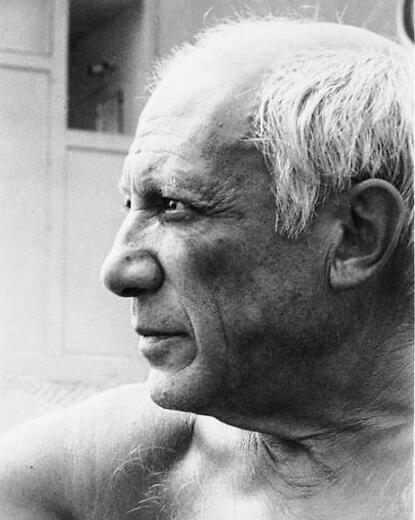Poster Pablo Picasso - Paul dressed as Harlequin, 1924
IA200284
Pablo Picasso (1881-1973)
Paul dressed as Harlequin, 1924 - Oil on canvas. H. 130 ; l. 97,5 cm - Musée national Picasso-Paris
© Photo Rmn-GP, (Musée national Picasso-Paris) / A. Didierjean
© Succession Picasso, Paris 2021 - © Rmn-Grand Palais, Paris 2021
With the birth of Paul in February 1921, Picasso...
Read more
Pablo Picasso (1881-1973)
Paul dressed as Harlequin, 1924 - Oil on canvas. H. 130 ; l. 97,5 cm - Musée national Picasso-Paris
© Photo Rmn-GP, (Musée national Picasso-Paris) / A. Didierjean
© Succession Picasso, Paris 2021 - © Rmn-Grand Palais, Paris 2021
With the birth of Paul in February 1921, Picasso returned to themes that had been relevant during his so-called Blue and Rose periods at the start of the century: maternity and the family, and representations of children. Here, he has painted his son wearing an elegant costume that is reminiscent of the multicolored outfits of the Italian acrobats he painted in 1905 and 1906. The character of Harlequin is one of the protagonists of the Commedia dell'arte, a world which the painter once again incorporated into his iconographic repertoire through his collaborations with the theater and ballet that derived from the commissions he received from Sergei Diaghilev over the course of several years.
Against a sober background, devoid of ornamentation and decoration, the figure of Picasso's son gazes fixedly and sweetly at the observer. The way in which the artist has resolved the lines of the image is both detailed and meticulous. The child's posture, with a precarious equilibrium and supported against the same armchair in which Picasso painted Olga, reinforces the idea of the young model's fragility. The interplay between sketch and finished painting highlights the diamond pattern of the boy's costume and establishes a formal dialogue between the pattern and the boy's face, whose delicacy and powdery colors evoke the tenderness of the portraits of Francisco de Goya. Here, Picasso is effectively both a father painting his son and a painter citing the history of art: to reinforce the framing of the boy's face in the center of the composition, Picasso adorns it with an enormous ruff, which is treated with great refinement and is filled with suggestiveness and transparency. In contrast, this accessory accentuates the detail of the traces of the child's face and evokes the portraits of children painted by the study of Diego Velázquez during the Spanish Golden Age.
Close
Login to see prices
Sold by GrandPalaisRmn

